We’ve grown up to believe that vegetables are the key to a healthy body. But can too much of a good thing – in this case, plant foods – be a bad thing? anti-nutrients
What many nutritionists and wellness experts often fail to discuss is that plants are full of defense chemicals. These defense chemicals, often called “anti-nutrients” and “plant toxins,” are naturally-occurring chemical compounds found in plant foods that help the plant protect itself from predation and infection.
Unlike animals that have the ability to defend themselves, plants must use other means for defense. Plants don’t want their seeds, leaves, stems, or roots to be eaten. Therefore, they protect themselves through the creation of these chemical compounds.
While some of these plant compounds have antioxidant characteristics, many (if not, most) tend to bind to minerals in the body and prevent them from being absorbed. For example: you might choose to eat some spinach to get an abundance of minerals. But at the same time, the oxalates present in spinach are inhibiting mineral absorption (and might even contribute to kidney stones.)
This is not to convince you that all vegetables are bad. But it’s important to highlight the fact that raw plant foods have the known ability to cause systemic inflammation and issues that can be easily avoided. And with more plant-based products (and marketing) are on the rise, its becoming increasingly easier to over-do it on nut milks and raw veggie smoothies.
By getting a deeper understanding of how plant anti-nutrients work, it is easier to create healthier meals and optimize your diet that aligns with your bio-individual needs.
If you’re looking to make the most out of your diet, it’s important to fully understand how anti-nutrients work. Here are some of the most prevalent plant anti-nutrients to be aware of and how to reduce your intake.
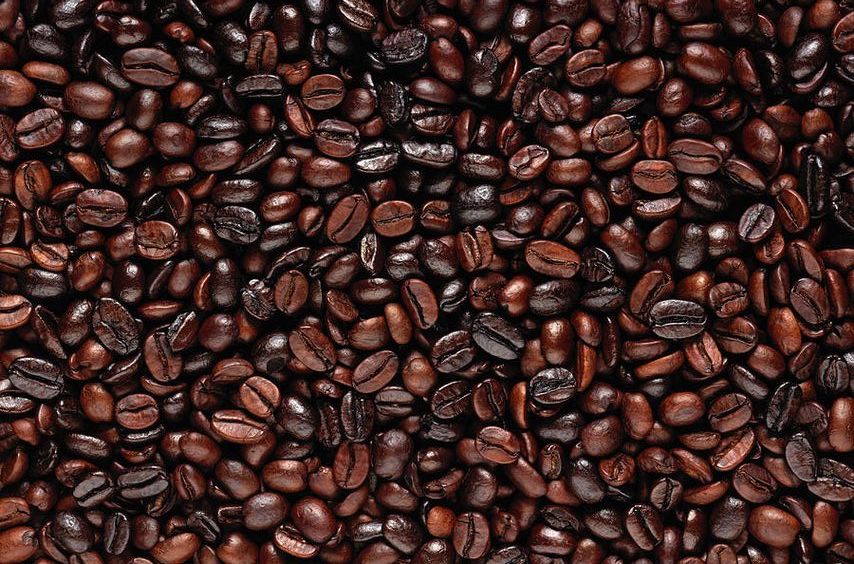
TANNINS
Tannins help attribute to the astringent and bitter flavors that often make these foods taste rich (and often, delicious.) Common foods that are abundant in tannins include cocoa beans, tea, wines, fruits, juices, nuts, seeds, legumes and cereal grains.
While tannins may act as antioxidants by scavenging free radicals, they also have been shown to inhibit the absorption of dietary minerals like iron, copper, and zinc.
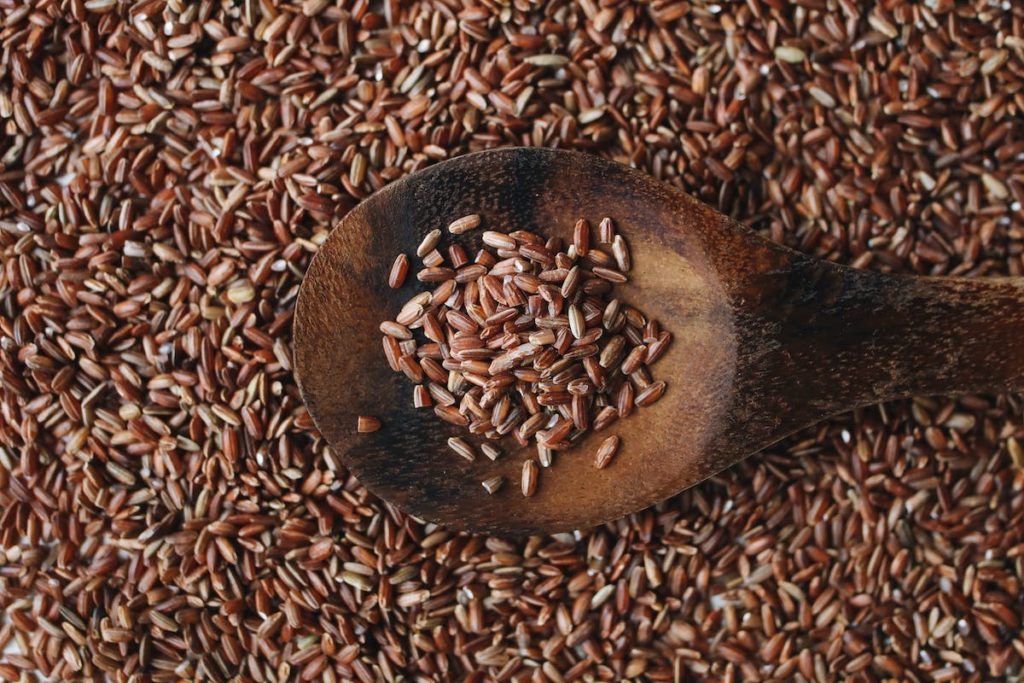
Phytate
Phytate, also known as phytic acid, is another anti-nutrient common in plant-foods. High phytate foods include grains, seeds, nuts, legumes, and tubers.
Phytates have been shown to bind to essential minerals such as potassium, magnesium, zinc, and iron, making them less available for absorption. In diets that rely heavily on grains and beans (often in developing countries and vegan diets), these mineral deficiencies are common.
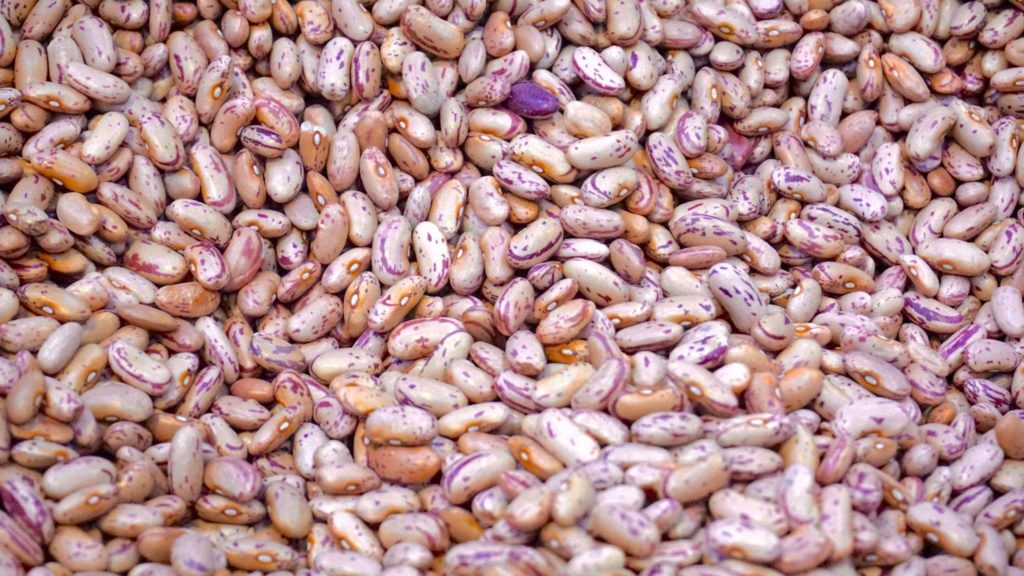
LECTINS
Lectins are a family of carbohydrate-binding proteins. Plants produce lectins primarily as defense mechanisms against insects, molds, fungi and other diseases.
Lectins are abundant in foods such as legumes, seeds, nuts, fruits, with the highest concentrations found in raw legumes, raw potatoes and whole grains.
The safety and health risks of lectins has been a topic of conversation among researchers for quite some time, with some ongoing, public cases of food poisoning involving close-to-raw legumes and severe stomach distress. Lectins also have the ability to aggravate autoimmune responses, including IBS, Crohn’s disease, arthritis, multiple sclerosis, and more.
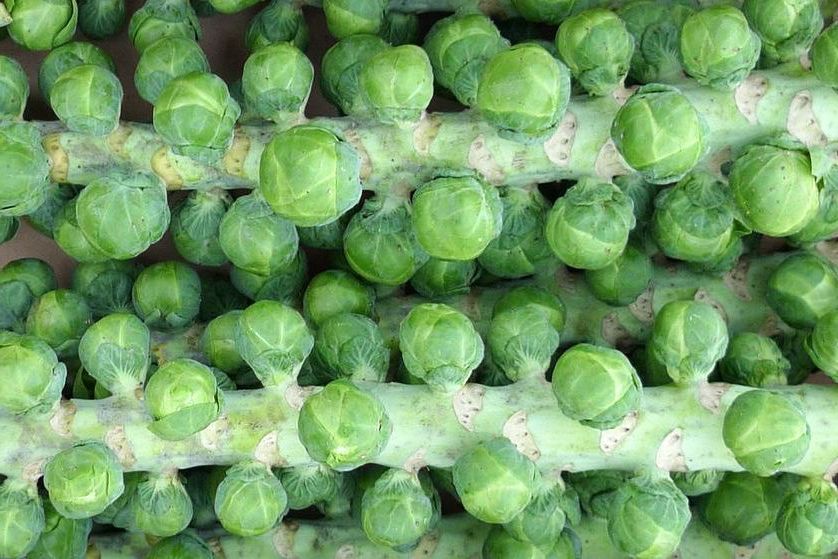
GOITROGENS
Goitrogens are naturally-occuring plant chemicals that are known to suppress the function of the thyroid. Goitrogens inhibit the formation of thyroid hormones, mostly by inhibiting iodine utilization. Over-consumption can lead to slower metabolism and metabolic disturbances.
Foods high in goitrogens include cruciferous vegetables such as bok choy, broccoli, brussel sprouts, cabbage, canola, cauliflower, collard greens, cassava & more.
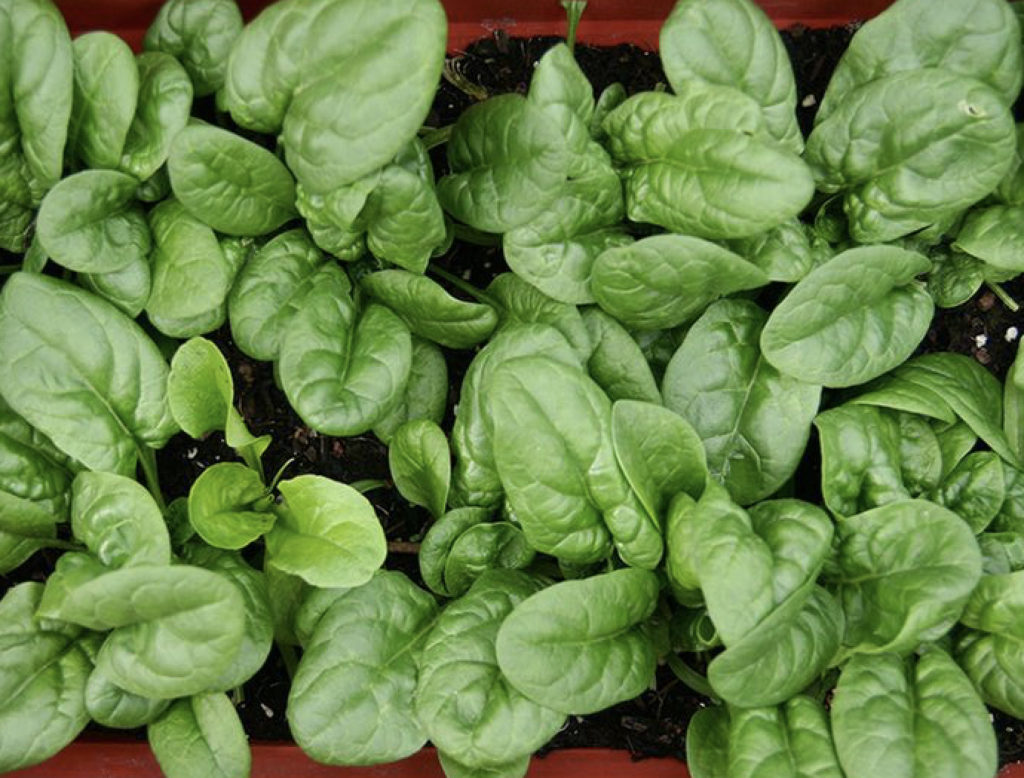
Oxalates
Oxalate — or oxalic acid — is a compound found in a variety of plants, including spinach, soy, nuts (including nut milk), potatoes, beets, seeds, beans and more.
The problem with oxalates is that they have been shown bind strongly to calcium, which contributes to the formation of kidney stones. Over-consumption of oxalates may also contribute to a wide variety of inflammatory conditions, metabolic dysfunction, autoimmunity, and mineral imbalance.
How to limit anti-nutrients
Anti-nutrients, like the ones listed above, are rarely a concern for those who follow a diet that is balanced & high in digestive enzymes, probiotics, minerals & animal proteins & fats.
By prioritizing a high-quality, animal-based diet, you can get all of your necessary vitamins, minerals, and healthy fats in the most bioavailable forms.
If you’re looking to get the most bioavailable nutrients out of your food, here are some best practices to follow:
- Choose organic, pasture-raised, grass fed & grass-finished animal products when available.
- Prioritize organ meats for highest nutrient content (you can always take these in pill-form!)
- Eat meat from ruminant animals, including lamp and cattle, for lower PUFA content.
- Cook your vegetables to reduce – or even eliminate– anti-nutrients (tips below)
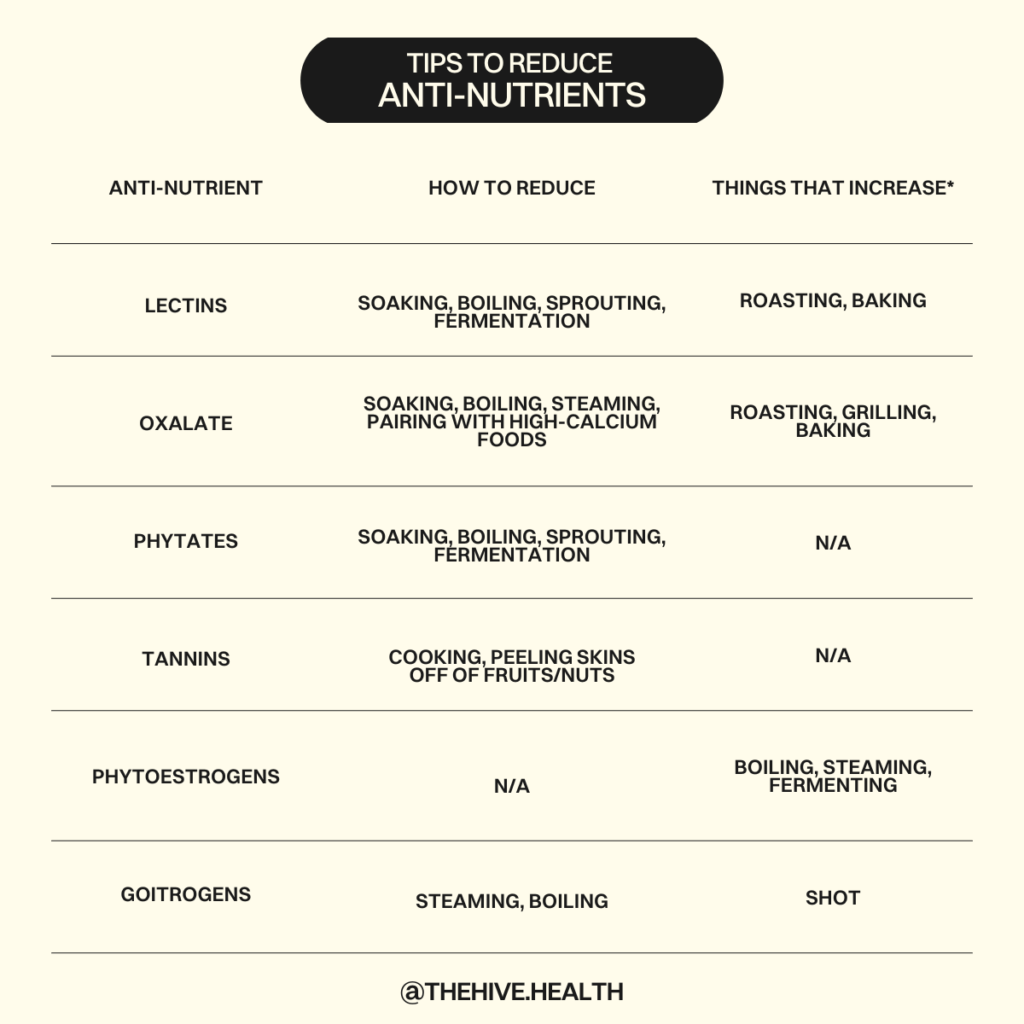
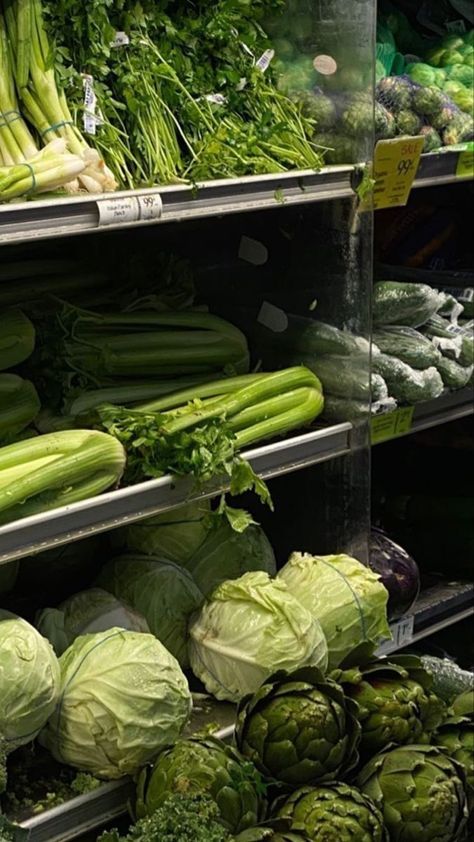





Comments +